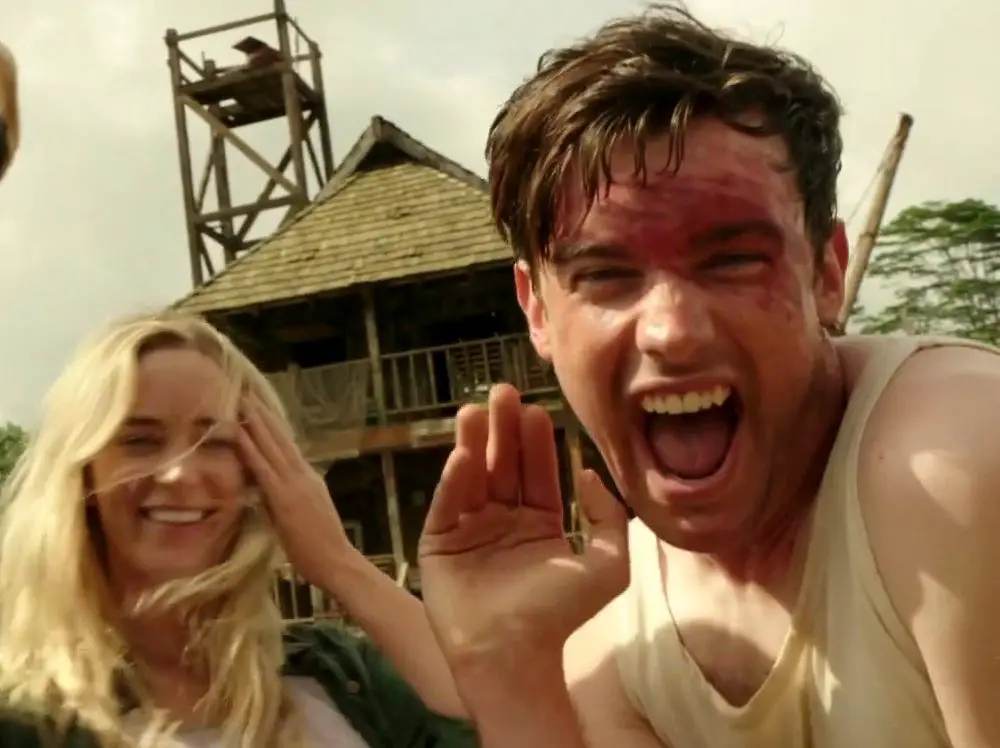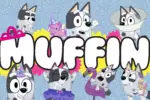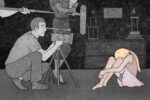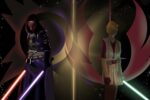Disney’s newest family-friendly romp, “Jungle Cruise,” is an action-adventure film based on the titular iconic Disney World attraction. It also purports to feature Disney’s first explicitly gay character. Such a pronouncement is nothing less than a blatant falsehood. No fewer than five Disney films have claimed this very same thing, with the most recent prior to the release of “Jungle Cruise” — “Cruella” — premiering a mere three months ago.
Such repeated claims are a clear effort to generate extra media attention and publicity, even though these parts of the films are regularly removed for socially conservative markets. Disney is trying to have its cake and eat it too. At the same time, the meager “queer representation” it provides is almost always either in the form of stereotypical caricatures or silent subtext.
“Jungle Cruise” is your standard “Indiana Jones”-esque summer blockbuster, carried by the chemistry of lead actors Emily Blunt and Dwayne Johnson. The film centers on a World War II-era Amazon River expedition in search of a mystical artifact sought by both our heroes and the Nazis. Jack Whitehall features prominently as MacGregor, the brother of Blunt’s character, who in a short scene implies that he is gay. Naturally, this scene is only a minute long, the word “gay” is never used and it is never referenced again in the film.
As insignificant as this may seem, it’s a step forward by Disney’s standards; Whitehall’s character is a member of the main cast and is far more fleshed out than any previous “first gay character.” His character has a mildly tragic backstory concerning being “shunned by society because of who he loved,” an explicit reference to attitudes toward queer people in the 1930s. While MacGregor and Whitehall’s portrayal of him is a step in the right direction, it falls into the same traps as all of Disney’s other “first gay characters.”
In all of Disney’s prior films that claimed to feature the studio’s first queer character, said characters usually share one or more common traits. The most notable distinction is that these characters play only minor roles, sometimes to the point where they are relegated to non-speaking ones. For those that did have speaking parts, the character’s sexuality was referenced only in passing, which in and of itself is not actually a bad thing. Unfortunately, this reference to their sexuality is typically one of only a handful of lines the character has in the film in the first place.
On the flip side, the most disappointing recurring trait these characters share is an incredibly stereotypical appearance or characterization. This typically manifests as characters who are implied to be gay acting in a flamboyant or effeminate way, which plays into stereotypes of gay men being exclusively feminine, among other things. In “Jungle Cruise,” MacGregor serves as a clumsy and cowardly comic relief character who makes sexual innuendos throughout the film.
Disney’s history of “first gay characters” started in 2017 with the release of their live-action remake of the classic Disney renaissance film “Beauty and the Beast.” Josh Gad’s LeFou is heavily implied to be gay and in one scene can be seen briefly dancing with a male character. The film’s director, Bill Condon, had touted that brief scene as an “exclusively gay moment” before release, yet when pressed about the scene post-release, he said his comments were “overblown.”
The trend continued in 2019 with a blink-and-you’ll-miss-it scene in “Star Wars: The Rise of Skywalker,” in which a minor character portrayed by Amanda Lawrence kisses another female Resistance fighter during the victory celebration scene at the end of the film. Previously, the film’s director, J.J. Abrams, hinted in an interview that there would be some form of LGBTQ+ representation in his film.
Likewise, the Disney Pixar film “Onward” featured a brief mention of a minor character voiced by Lena Waithe being a lesbian in a single line of dialogue, a scene which was notable for its lack of publicity.
While “Onward” seemed like an advancement in Disney’s portrayal of queer characters, they returned to their usual habits with “Cruella,” where the company once again publicized the inclusion of a gay character. This film’s purported representation appeared in the form of the lead character’s friend Artie, portrayed by John McCrea, who is an ardent follower of the “glam rock” scene popular in the 1970s when the film is set. The character was heavily implied to be gay, yet never stated to be. It is particularly telling that “Cruella” was released not three months prior to “Jungle Cruise.”
While it is unlikely that a Disney film will feature a queer protagonist anytime soon because of the financial implications, “Jungle Cruise” is a small victory for the LGBTQ+ community. Many current TV shows and films that feature queer characters struggle with their characterization. These characters’ personalities are often reduced solely to their sexuality, providing insensitive and stereotypical portrayals. Whitehall’s character in “Jungle Cruise” is a sympathetic one, and even though his sexuality is only mentioned in one line, it’s still better than nothing.
Ironically, some television shows produced by Disney have done much more for queer representation than their films do. “The Owl House,” an animated series that streams on Disney+, has main characters who are in a lesbian relationship and also features bisexual and non-binary characters. These characters are all well-developed outside of their sexuality or gender identity, and it’s remarkable that Dana Terrace, the show’s creator, was able to convince Disney executives to allow her to include those characters in her show. Of course, “The Owl House” and other TV-animated properties are not available overseas, so Disney has little need to make them easy to censor.
As cynical as this may sound, Disney has little incentive to include queer characters in their films, since publicity seems to be their only reason for doing so. Owing to the fact that Disney’s theatrical and streaming film releases are multimillion-dollar projects that are seemingly rigorously committee-designed, it’s unlikely that the directors of these films will ever be given the same amount of creative control as given to Disney’s comparatively smaller-budget animated TV shows.
Hopefully, “Jungle Cruise” will mark the beginning of more positive queer representation in Disney media, especially in the wake of yet another “historic” gay character being publicized. While the upcoming Marvel film “The Eternals” has prematurely claimed to have an “emotional” same-sex kiss — despite the fact that the film isn’t released until November — time will only tell if their assertion is actually true.

















